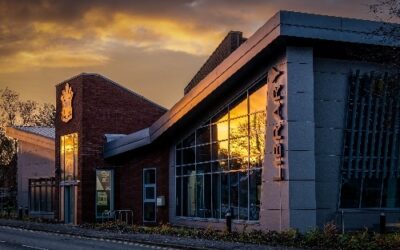East Suffolk: Digital Towns
The project
East Suffolk Council is installing free public wi-fi and visitor footfall counters in 11 East Suffolk towns with a geographical spread that covers the whole of the county’s coastline. The aim is to help regenerate local businesses and provide vital data to inform the council how visitors use East Suffolk towns. This is part of a wider effort to drive local economic growth.
Data produced from the technology can be linked to and compared with other data held by the council or its partners, such as car parking data. It will provide key evidence for funding bids and enable forward planning of events using the demographic information provided. It can identify trends in visiting patters, show the impact of town events and provide local businesses with a “Digital Springboard” to support them with digital solutions and marketing. Many council teams are interested in the technology, for example, to understand how footfall is affecting the erosion of coastlines and nature walks.
The council has partnered with:
Elephant Wi-Fi, who provide the equipment and dashboard showing individual town’s data.
RingGo, its online car park provider, who can send drivers push notifications about changes to parking facilities and alternative parking locations.
National Literacy Trust to produce digital trails to engage children and support their literacy.
The benefits
East Suffolk Council, local town councils and Business Improvement Districts are benefiting from the innovation by better understanding visitors’ journeys through their towns. This allows them to promote areas with lower footfalls, provide tailored services and act to protect the environment. Local businesses can offer discounts or special promotions to counterbalance low footfall days.
Lowestoft was the first town to go live. It hosts the UK’s only free, 24-hour beach festival. Footfall counters indicated an increase of 77.7% in visitors to the town that weekend. The data highlighted key information such as peak locations visited, busiest and quietest times of day, age range and gender of visitors and where they had travelled from. Festival organisers in the future can consider:
Timetabling events to spread attendance and optimise attendance
Best locations for facilities such as catering and toilets
Where and how to target marketing for the event
The data also provides the town council and Business Improvement District the opportunity to attract some attendees away from the beachfront into the town centre, target the right demographics and consider whether services need revising to meet needs.
Based on the initial success in Lowestoft, the council has invested in a new data analyst and marketing officer to maximise the benefits in other towns






